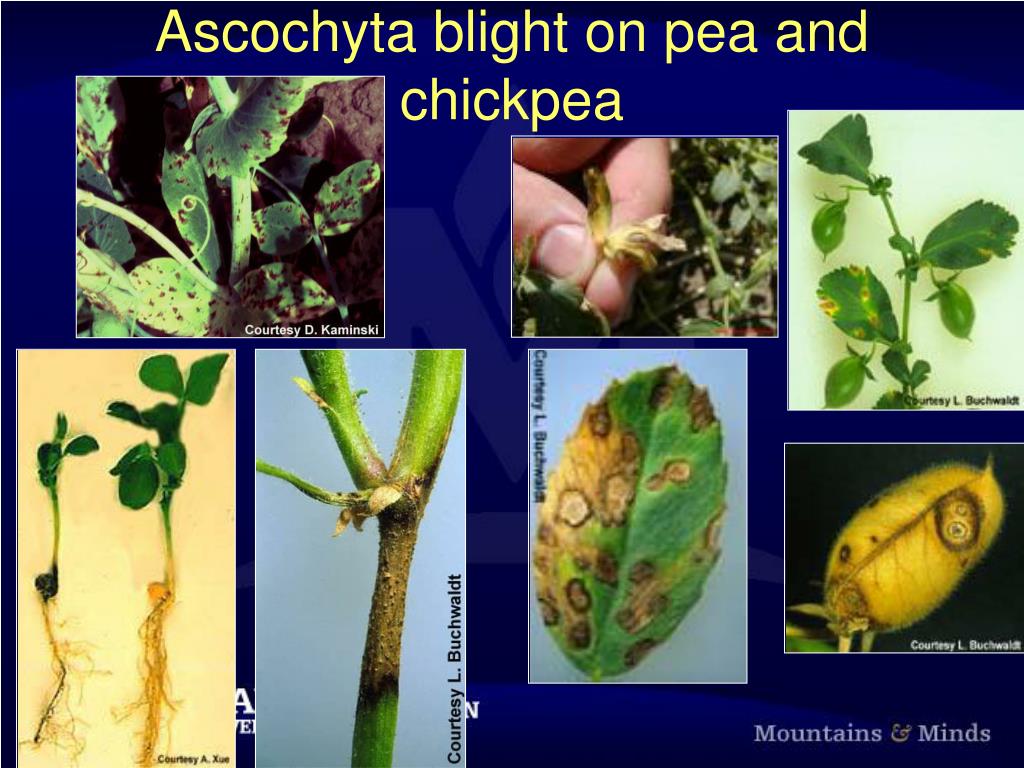

Therefore, the present study was carried out to evaluate the activity of leaf extract and dry biomass of W.

Previous studies have shown that many members of family Solanaceae exhibited antifungal activities against various fungal plant pathogens (Nino et al. This plant has been studied widely to explore antifungal, antibacterial, antimicrobial, pharmaceutical, antioxidant, and anti-inflammatory properties (Shuaib et al. It contains interesting chemical constituents’ profile that are biologically active such as alkaloids, withanone, withasomniferols A-C, steroidal compounds, steroidal lactones, withanolides A-Y, withaferin A, withasomniferin-A, and withasomidienone (Tiruveedi et al. It is a small woody shrub native to Indian subcontinent, Southern Europe, and North Africa (Aslam et al. Withania somnifera (Family Solanaceae) is an important wild plant being used in folk medicines a thousand years ago (Dhanani et al. Moreover, the exploitation of phytochemicals is safe, eco-friendly, and economical in use when compared to fungicides (Palanichamy et al. Many of the plants are rich in secondary metabolites that have inhibitory effects against the fungal pathogens (Bottger et al. However, due to ill effects of fungicides on environment, use of natural plant-based products against this pathogen is being explored (Shuping and Eloff 2017). It can be effectively managed through chemical practices such as seed and foliar applications of synthetic fungicides (Namriboi et al. The pathogen remains viable for more than 2 years on infected seeds and crop residue (Kaiser 1981). The diseased plant shows dark brown to black lesions of variable sizes on pods, seeds, branches, stem, leaflets, and stalk. The disease starts from distal plant portion which may result in wilting with eventual death of the infected plant (Mahmood et al. Ascochyta rabiei is considered a very devastating fungal pathogen responsible for Ascochyta blight to chickpea (Deokar et al. It plays a vital role in fulfilling the nitrogen requirement through symbiotic N 2 fixation and increasing soil fertility (Girma et al. rabiei.Ĭhickpea is an excellent drought-tolerant grain legume (Merga and Haji 2019). somnifera contains potent antifungal compounds that can be effectively exploited for the control of A. Disease incidence was significantly reduced in 3% dose.

In pot trial, the soil was amended by 1, 2, and 3% dry leaf material of the test plant species. Compound A was found highly effective against the targeted fungal pathogen with MIC 31.25 μg ml −1, followed by B with MIC value of 250 μg ml −1 as compared to 7.81 μg ml −1 MIC of a commercial fungicide mancozeb. Ethyl acetate fraction was further subjected to thin layer chromatography to separate the potent antifungal compounds A and B. Among these, ethyl acetate and n-butanol fractions completely inhibited the fungal growth.

The effect of different concentrations (3.125, 6.25, 12.5, 25, 50, 100, 200 mg ml −1) of the 4 organic solvent fractions was assessed on in vitro growth of the pathogen. Methanolic leaf extract was fractionated with 4 organic solvents of different polarities namely n-hexane, chloroform, ethyl acetate, and n-butanol. somnifera significantly inhibited the pathogenic fungal growth. In a laboratory bioassay, a 0.2% concentration of methanolic leaf extract of W. This study reports the control of Ascochyta blight by using extracts and dry biomass of a weed plant, Withania somnifera (Family Solanaceae). The disease can be controlled by fungicides to reduce the environmental pollution. Ascochyta blight caused by a fungal pathogen, Ascochyta rabiei, is a serious disease of chickpea in most chickpea growing areas of the world.


 0 kommentar(er)
0 kommentar(er)
